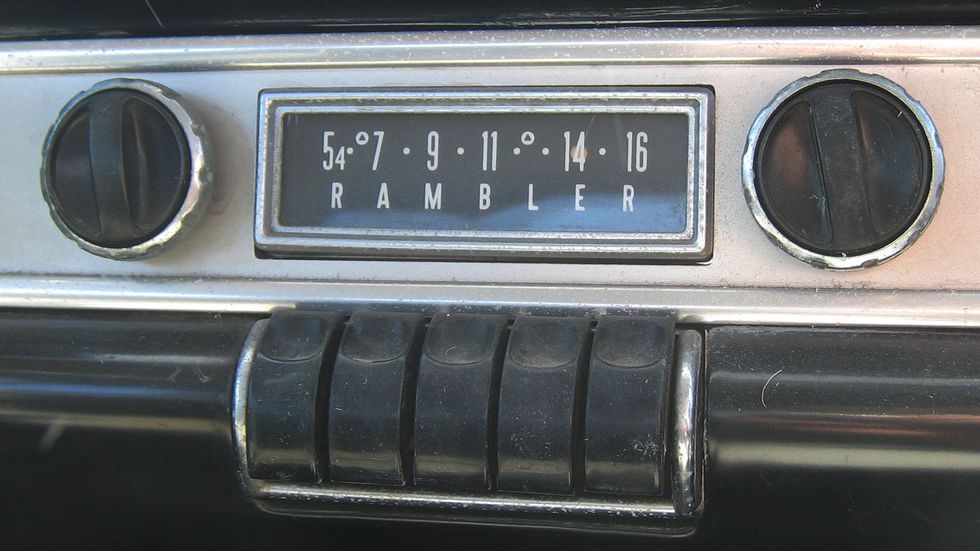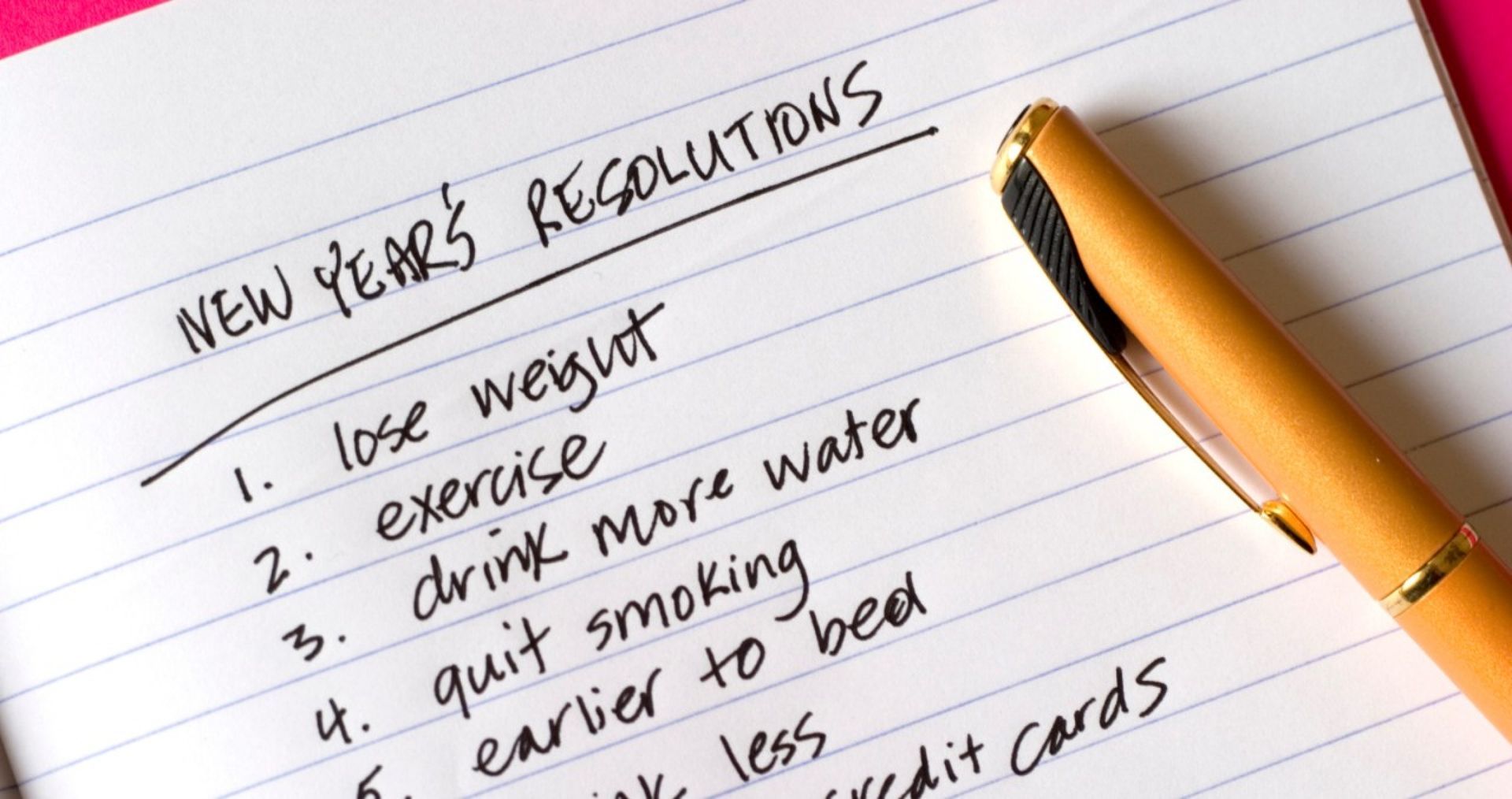A Day of Remembrance
January 27, 2022
I remember someone saying, “their families watched them die.” A group of us were in a conference room staring at a fuzzy image on a television screen. The reception was poor but clear enough for us to see the space shuttle disappear shortly after launch, replaced by trails of smoke.

Photo Credit: challenger-explosion.jpeg
If you have a sweet tooth or a calendar that displays what food is being lauded, you know that today, January 27, 2022, is National Chocolate Cake Day. A day created by chocolate lovers to recognize Dr. James Baker (that's right, Baker), who, in 1765, learned how to make chocolate. This year, you probably don't know that January 27 is also The National Aeronautics and Space Administration’s National Remembrance Day.
Each year on the last Thursday of January, the administration recognizes members of the NASA family who gave their lives for the mission of space exploration. The timing of the day is in remembrance of the space agency’s three most significant catastrophes. A January 27, 1967, fire inside a command module that took three Apollo astronauts' lives during a preflight test. The explosion of fuel tanks that tore the Space Shuttle Challenger apart shortly after launch on January 28, 1986, ending the lives of its seven crew members, and the re-entry disintegration of the Space Shuttle Columbia on February 1, 2003, that killed all seven on board.
I learned about the January 1967 fire years after it happened. At the time of the incident, I was paying more attention to Lincoln Logs and Matchbox cars than the nightly news. I heard about the Challenger explosion shortly after it happened. A colleague and I were in a car returning to our office from a meeting, turned on the radio, and heard the tragic news. When I got back to the office, I turned on the television we kept in the conference room. Its primary purpose was to display training videos, so there was no cable connection. I tried to tune in a channel with the rabbit ear antennas. Some of you not only never did this but will equate the action with people who used quill pens dipped in ink to scratch messages on parchment paper. The image of those plumes of smoke marking the end of the doomed flight was burned into our minds along with the videos of the families, eyes skyward, tracking the rise of the shuttle from the launch pad—looks of nervousness, joy, and then confusion, followed by fearful recognition.
The radio was also where I learned about the Columbia disaster. The days of vibrating phones in our pockets alerting us to breaking news were still a few years off. The family was in Punxsutawney to attend the Ground Hog Day celebration (there’s a blog there), and the music was interrupted by the shocking news. Later I watched the television coverage. There was grainy footage of smoke and debris, but nothing as dramatic as the Challenger footage.
The command module fire was caused by an electrical short and fueled by a capsule full of combustible materials in a pure oxygen environment. Afterward, the air was adjusted to an oxygen-nitrogen mixture, capsule interiors were made less incendiary, and the doors of the spacecraft that opened inward during the fire were changed to open outward and release quicker. It was early in the development of the Apollo program, and the engineers and designers did not yet fully appreciate the potential hazards. There's no such grace surrounding the Challenger and Columbia disasters. Engineers who recognized the weaknesses in the O-ring seals foretold the Challenger explosion. Yet their warnings were waved off by officials who approved the launch. The flying pieces of foam that damaged Columbia and condemned its re-entry were also a known problem. There's risk in exploration, and the astronauts accepted this in exchange for the chance to be a part of something special. But they trusted others to do their part to keep them safe. Their trust was breached just like the fuel tanks on the Challenger and the wings on Columbia. Cold War competitive pressures, political promises, and bureaucratic power struggles played a role in the deaths of the astronauts.
The NASA history webpage explaining the day says, “The NASA Day of Remembrance is not simply a time to commemorate our fallen astronaut heroes, but a time to reflect on why we pursue this mission and everything the extended NASA family has sacrificed to achieve it.” I believe it also offers a chance for everyone to reflect on their responsibilities and their role in keeping our astronauts and explorers safe.
Most of us don't make life or death decisions, and our roles are less critical in the long-term survival of our organizations. But people trust us to always do the right thing. Today is a chance for us to reflect on this also. And maybe have some cake.
In honor of:
Apollo 1: Gus Grissom, Ed White, Roger Chaffee
Challenger: Dick Scobee, Michael Smith, Ron McNair, Ellison Onizuka, Judith Resnick, Gregory Jarvis, Christa McAuliffe
Columbia: Rick Husband, William McCool, Michael Anderson, Ilan Roman, Kalpana Chawla, David Brown, and Laurel Blair Salton Clark
Like what you read?
Subscribe to my mailing list and get notifications to your inbox when my next blog post goes live.
Contact Us
More By Joe


